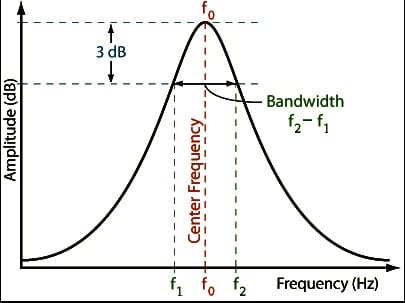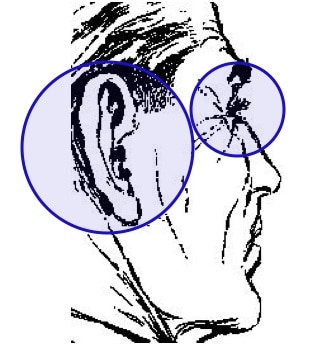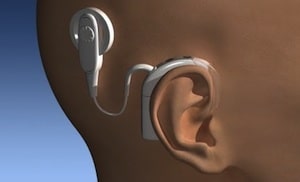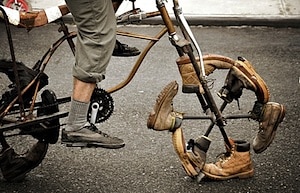Aug. 18, 2014
A Case for Mid-frequency Amplification (Continued) Should mid-frequencies be given more than a cursory consideration when it comes to fitting hearing aids? Last week’s post reviewed some acoustic characteristics of speech and their significance in speech perception. These included long-known information related to speech spectra; the relationship between speech power, frequency, and intelligibility; critical bands; crossover frequency; and formants as














